Natural remedy for cold hands and feet. Beating the Chill: Tackling Cold Hands and Feet with Natural Remedies
How to combat the discomfort of cold hands and feet. Discover the causes and effective natural solutions to keep your extremities warm..
Conquering Cold Hands and Feet: Natural Remedies to the Rescue
Dealing with persistently cold hands and feet can be a frustrating experience, but with the right knowledge and a few simple remedies, you can find relief and enjoy greater comfort. In this comprehensive guide, we’ll explore the common causes of this common issue and provide you with a range of natural solutions to help you beat the chill and keep your extremities warm.
Understanding the Causes of Cold Hands and Feet
Our bodies are designed to regulate temperature, and when it’s cold outside, the blood flow to our core and vital organs takes priority, often leaving our hands and feet feeling chilly. This is a normal physiological response, and some people naturally tend to have colder extremities than others.
However, if the cold hands and feet are a constant issue or accompanied by other symptoms, it could indicate an underlying medical condition. Conditions such as Raynaud’s phenomenon, anemia, or thyroid disorders can contribute to the problem. It’s important to consult with a healthcare professional if the cold hands and feet are persistent or accompanied by changes in skin color or other concerning symptoms.

Clothing Choices: The Key to Staying Warm
One of the simplest and most effective ways to combat cold hands and feet is through appropriate clothing choices. Wearing a hat, gloves, warm socks, and a warm coat in cold weather can make a significant difference. Layering is also crucial, as it helps to trap heat and keep your core warm, which in turn supports better blood flow to your extremities.
For children, ensuring they are warmly dressed and encouraging them to come inside if they feel chilled or their hands or feet get cold is essential. Paying attention to their comfort and addressing any cold-related issues promptly can help prevent discomfort and potential health concerns.
Promoting Blood Flow: Exercise and Movement
Engaging in regular exercise can be a powerful natural remedy for cold hands and feet. Activities that get your blood pumping, such as walking, can improve circulation and help warm your extremities. Even simple movements, like jumping jacks, marching in place, or making circles with your feet and fingers, can stimulate blood flow and provide a quick warmup.

It’s also important to take regular breaks and move around, especially if you work in a sedentary environment or spend extended periods in a cold setting. Stretching and walking around at least every 30 minutes can make a significant difference in maintaining good circulation and keeping your hands and feet warm.
The Power of Heat: Heating Pads and Warm Beverages
Using external sources of heat can be an effective way to warm up your hands and feet. Electric heating pads, applied to key areas like your lower back and feet, can help dilate blood vessels and increase blood flow to your extremities. Additionally, holding a warm drink in your hands can provide a quick and soothing way to warm them up.
For a more targeted approach, you can also try a quick massage or use commercial hand or foot warmers, which can provide sustained warmth when you’re out in the cold.
Raynaud’s Phenomenon: Addressing a Circulatory Condition
Raynaud’s phenomenon is a condition that can contribute to chronic cold hands and feet. It’s characterized by the blood vessels in the extremities overreacting to cold, causing them to constrict and reduce blood flow. While the exact cause is not fully understood, it can be exacerbated by stress, certain medications, or underlying health conditions.

If you suspect you may have Raynaud’s, it’s important to consult with a healthcare professional. They can help identify the underlying cause and provide appropriate treatment, which may include lifestyle modifications, medication, or other interventions to improve blood flow and alleviate the symptoms.
Embracing the Cold: Adaptation and Resilience
Interestingly, some individuals who regularly work in extremely cold environments, such as fishermen or military personnel, can develop a certain level of tolerance and adaptation to the cold. While this doesn’t mean they are immune to the risks of frostbite or other cold-related injuries, it suggests that the body can, to some degree, become more resilient to prolonged exposure to low temperatures.
Ongoing research is exploring the potential benefits of gradual exposure and acclimatization to cold environments, which could help inform strategies for individuals who regularly encounter chilly conditions in their work or leisure activities.

In conclusion, dealing with cold hands and feet can be a frustrating experience, but with the right natural remedies and a proactive approach, you can find relief and greater comfort. By understanding the causes, exploring clothing choices, promoting blood flow, and utilizing external heat sources, you can take control of your body’s temperature regulation and enjoy a warmer, more comfortable existence, even in the face of chilly conditions.
What to Do and Causes
We include products we think are useful for our readers. If you buy through links on this page, we may earn a small commission Here’s our process.
Healthline only shows you brands and products that we stand behind.
Our team thoroughly researches and evaluates the recommendations we make on our site. To establish that the product manufacturers addressed safety and efficacy standards, we:
- Evaluate ingredients and composition: Do they have the potential to cause harm?
- Fact-check all health claims: Do they align with the current body of scientific evidence?
- Assess the brand: Does it operate with integrity and adhere to industry best practices?
We do the research so you can find trusted products for your health and wellness.
Read more about our vetting process.
Was this helpful?
Having occasional cold hands and feet is usually not a concern, but see a doctor if this happens a lot or is accompanied by changes in skin color. This could indicate an underlying medical cause.
This could indicate an underlying medical cause.
Our bodies are designed to regulate our temperature. When it’s cold outside, your body makes sure to keep the blood flowing to your core and vital organs to keep them warm. This can change the amount of blood flow to your hands and feet, making them feel cold. This is normal. The blood vessels in your hands and feet constrict (spasm) when it’s cold, to prevent heat loss from your core.
Some people tend to have colder feet and hands naturally, without an underlying disease. It’s a fairly common condition. When your hands and feet naturally get cold, you may need to take extra precautions in cold weather to protect them.
But if your cold feet and hands are constantly bothersome, or if you notice additional symptoms, such as color changes in your fingers, there are more things you can do.
Here’s what to know about cold feet and hands and what you can do about it.
Some people work, live, or play in very cold environments. Meat packers or others who spend time in freezers, military personnel, mountain climbers, hunters, utility linemen, and rescue workers are some of the people who need special protective clothing to keep them as warm as possible.
Meat packers or others who spend time in freezers, military personnel, mountain climbers, hunters, utility linemen, and rescue workers are some of the people who need special protective clothing to keep them as warm as possible.
Being in a very cold environment carries the danger of frostbite and permanent damage to hands and feet. In addition, there’s a danger that the ability to work emergency equipment will be impaired by extreme cold.
Ongoing research is looking at whether working in a constantly cold environment helps you to become more accustomed to it and to avoid injury. According to the Canadian Centre for Occupational Health and Safety (CCOHS), some people can develop a tolerance for cold. Fishermen, for example, can work with their bare hands in extremely cold weather.
The CCOHS notes that women are at more risk of cold injury because their hands and feet cool faster.
No matter what’s causing your cold feet and hands, it’s important for your comfort to warm them up. Here are some remedies:
Here are some remedies:
- Consider clothing choices. Wear a hat, gloves, warm socks, and a warm coat in cold weather. Wear layers to keep your core warm, and don’t wear tight clothing. Some people find a scarf or turtleneck helpful for staying warm.
- Help kids know what to do. For children, make sure they’re warmly dressed and know to come inside if they feel chilled or their hands or feet get chilled.
- Wear socks or slippers. Wear a sweater and warm socks if you’re cold inside.
- Exercise every day. Exercise daily, including walking, to improve your blood circulation.
- Do a quick warmup. Try jumping jacks to get your blood moving. March in place while sitting. Wiggle your toes and make circles with your feet. Make circles in the air with each finger if they’re stiff. Make wide circles in the air with your arms to encourage blood flow.
- Move around regularly.
 Take time to get up at least every half-hour to stretch or walk around.
Take time to get up at least every half-hour to stretch or walk around. - Use an electric heating pad. Electric heating pads come in different sizes and styles that you can use for different areas of your body.
- For feet, use a heating pad on your lower back. Use a heating pad in key locations like your lower back and on your feet while you’re relaxing at night. This can help your blood vessels open up and allow more blood flow to your legs.
- Hold something warm. Hold a warm drink in your hands.
- Quick massage. Briskly massage your hands or feet.
- Keep warmers in reach. Use single-use or reusable commercial hand or foot warmers when you’ll be outside in the cold. LL Bean sells warmers that last for 8 hours.
We asked an expert for additional tips to help with cold hands and feet. Wendy Slate is a Certified Hand Therapist with 38 years of experience.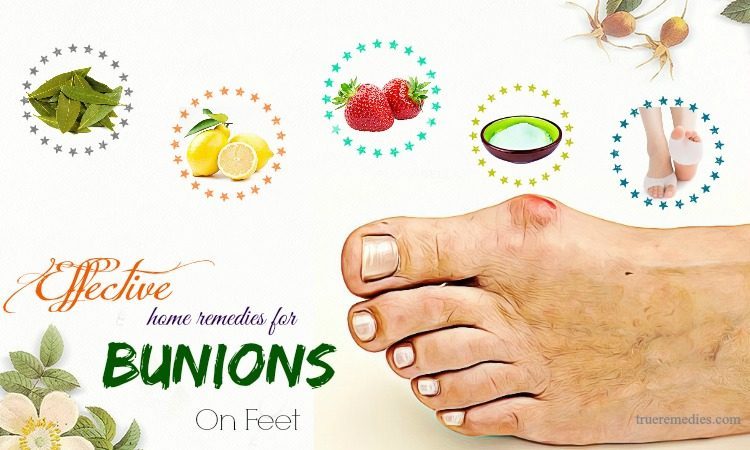 She founded Cape Cod Hand and Upper Extremity Therapy 16 years ago, and has worked with many people who have Raynaud’s.
She founded Cape Cod Hand and Upper Extremity Therapy 16 years ago, and has worked with many people who have Raynaud’s.
- Wear mittens. “Wear mittens instead of gloves,” Slate advised, “because mittens keep your fingers together and conserve warmth.”
- Treat your hands and feet to paraffin wax. She uses a paraffin wax bath to warm up hands and soothe arthritis. “You can buy a paraffin wax kit to do this at home,” Slate said. “After immersing your hands in the paraffin, put a plastic bag around them to keep the heat in, and then wrap your hands in towels.”
- Use heat with moisture. Slate also recommended moist heat packs that you can warm up in the microwave. “You can buy these at craft fairs. They’re filled with beans, rice, or other grains that give out moist heat when you microwave them,” Slate said. “Moist heat penetrates better.”
- Avoid direct contact with frozen items. Slate advised staying away from the freezer sections in stores, if you have Raynaud’s, and wearing gloves if you do have to reach into the freezer.

- Look into biofeedback therapy. Another technique that Slate has successfully used in therapy is temperature biofeedback. “This uses imagery to bring increased circulation to the hands. You need a therapist to train you to do this. You use imagery like running your hands through hot sand to help raise the hand temperature.”
Next, let’s look more closely at specific health conditions that could be behind constantly cold feet and hands. This includes Reynaud’s syndrome and other conditions that can affect blood circulation.
Many factors can make your hands and feet cold. Your own body has a baseline and its natural response to cold temperatures.
The most common health-related conditions that can cause coldness in your limbs are related to poor blood circulation or nerve damage in your hands or feet.
Here are some of the possibilities:
Anemia
Anemia is a condition where you have fewer healthy and properly functioning red blood cells than normal.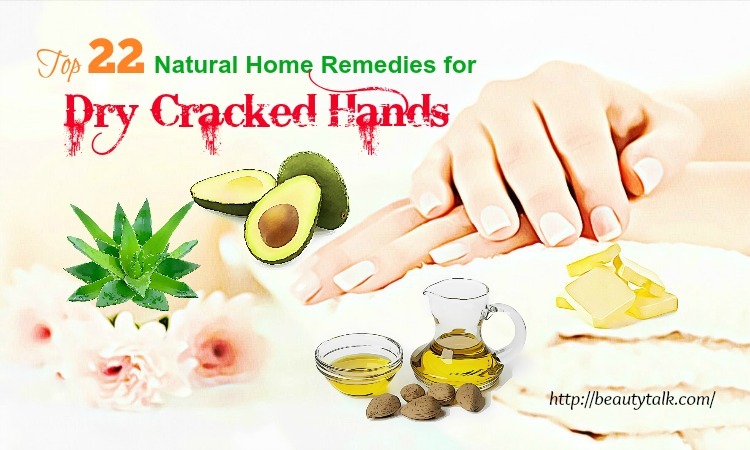 It’s usually caused by an iron deficiency.
It’s usually caused by an iron deficiency.
When you have an iron deficiency, your red blood cells may not have enough hemoglobin (iron-rich protein) to transport oxygen from your lungs to the rest of your body. The result can be cold fingers and toes.
What you can do
A blood test can determine if your blood has low levels of iron. Eating more foods that are iron-rich (such as leafy greens) and taking iron supplements can help relieve your cold hands and feet.
Arterial disease
When your arteries are narrowed or dysfunctional, it reduces blood flow to your legs and feet. There are several types of arterial disease.
Peripheral artery disease (PAD) affects an estimated one third of people over 50 years old who have diabetes mellitus. PAD typically causes arterial wall damage in the lower extremities when buildup of plaque on the walls of blood vessels causes them to narrow.
Primary pulmonary hypertension, which damages the arteries of the lungs, often involves Raynaud’s.
PAD symptoms in addition to cold feet include:
- pain in your legs when you’re exercising
- numbness or pins and needles in your legs or feet
- sores on your legs and feet that heal slowly
Primary pulmonary hypertension symptoms include:
- difficulty breathing
- fatigue
- dizziness
If you have any of these symptoms, along with cold hands and feet, see your doctor. Treating arterial disease early can lead to a better outcome.
Diabetes
- Poor blood circulation. Poor blood circulation is a symptom of diabetes, especially in your extremities, which can make your hands and feet cold.
- Heart disease. Diabetes also increases the risk for heart disease and narrowing of the arteries (due to atherosclerosis), both of which may contribute to cold hands and feet.
- Nerve damage. Nerve damage (peripheral neuropathy), especially in your feet, is a complication of diabetes.
 It’s caused by high blood sugar levels over a long period of time. One of the early symptoms is a feeling of “pins and needles” in your feet or hands.
It’s caused by high blood sugar levels over a long period of time. One of the early symptoms is a feeling of “pins and needles” in your feet or hands.
What you can do
It’s important to keep your blood sugar levels steady and as close to normal as possible. Also, if you have nerve damage, check your feet carefully for wounds that you might not feel, but could become infected.
Hypothyroidism
Hypothyroidism is a condition where your thyroid is underactive and doesn’t produce enough thyroid hormones to keep your body’s metabolic functions running properly. It affects more women than men, and is common over age 60.
Feeling cold is one of the symptoms of hypothyroidism. Other symptoms include fatigue, joint pain and stiffness, dry skin, thinning hair, and depression.
What you can do
A doctor can determine if you have hypothyroidism with blood testing. The main treatment is a synthetic hormone supplement, taken daily.
Raynaud’s syndrome
Raynaud’s syndrome, also known as Raynaud’s phenomenon or Raynaud’s disease, is a condition that makes your fingers or sometimes other parts of your body feel cold or numb. It results from the narrowing of arteries in your hands or feet, which stops the blood from having normal circulation.
It results from the narrowing of arteries in your hands or feet, which stops the blood from having normal circulation.
Raynaud’s may cause your fingers to change color, turning white, blue, or red. When your blood circulation becomes normal, your hands may tingle, throb, or swell.
Raynaud’s is triggered by cold temperatures or stress. The exact cause of Raynaud’s isn’t fully understood. Raynaud’s is divided into two main types. Most people have primary Raynaud’s, which is called Raynaud’s disease.
When another medical condition causes Raynaud’s, it’s called secondary Raynaud’s, which is also called Raynaud’s phenomenon.
What you can do
Treatments for Raynaud’s include drugs that improve your circulation and widen your blood vessels. But many people don’t need any treatment.
For some people who experience severe Raynaud’s, talking with a doctor about medicines like those for erectile dysfunction and topical nitroglycerin cream might be useful.
Raynaud’s syndrome from another condition
Here are some causes of secondary Raynaud’s:
- Scleroderma, an autoimmune disease that causes hardening of the skin, often is accompanied by Raynaud’s.

- Lupus (systemic lupus erythematosus) is another autoimmune disease that can cause Raynaud’s.
- Carpal tunnel syndrome, which causes numbness and weakness in your hand due to median nerve entrapment, often is accompanied by Raynaud’s.
Vitamin B-12 deficiency
A vitamin B-12 deficiency can give you neurological symptoms including the feeling of cold hands and feet, numbness, or tingling.
Vitamin B-12 is found naturally in meat and dairy products, and is important for maintaining healthy red blood cells. Your body doesn’t make vitamin B-12, so you need to get it from the foods you eat.
Other symptoms of a vitamin B-12 deficiency include:
- fatigue
- movement and balance problems
- anemia
- pale skin
- shortness of breath
- mouth sores
- cognitive difficulties
What you can do
A blood test can indicate vitamin B-12 deficiency. Treatments can include your taking an oral supplement, receiving vitamin B-12 injections, and changes to your diet.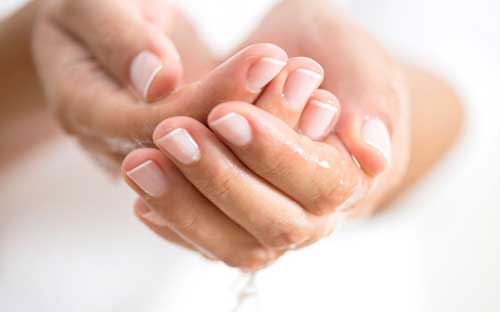
Smoking
Smoking tobacco causes injury to your blood vessels throughout the body, which then become narrowed, and can contribute to cold fingers and toes.
Over time, smoking can damage the blood vessels in your heart, making it harder for your heart to pump blood through your body. This especially affects your legs and feet.
What you can do
Get help to quit smoking. There are trained professionals, therapies, and even apps that can help you monitor your own progress.
Other factors that may lead to cold hands and feet include your age, family history, and some medications. In addition:
- If you have a bacterial or viral infection and a fever, you may also have chills.
- Sometimes anxiety can give you cold feet and hands.
- A 2016 study shows a strong connection between chronic indigestion and cold hands and feet.
- A 2018 study looked at the relationship of many chronic conditions and cold hands and feet, including high and low blood pressure and painful periods (dysmenorrhoea).
 This study also considered cultural influences on how people think about cold hands and feet.
This study also considered cultural influences on how people think about cold hands and feet. - Babies and older adults have additional risk factors for cold hands and feet.
For babies
Babies lose body heat more rapidly in the cold because they have a large body surface area compared to their weight. They may not have a lot of fat under their skin as insulation. Also, their natural body temperature regulation is not fully developed.
For older adults
Older people lose the ability to regulate their body temperature well. The blood vessels in their extremities don’t constrict as easily to keep their core warm.
The metabolism tends to slow with age, and this can contribute as well. They may have an increased risk of cold extremities because of chronic conditions and medications.
If you have cold hands and feet all the time, no matter what the weather is outside or temperature around you, see your doctor. There may be an underlying disease or condition that needs to be treated.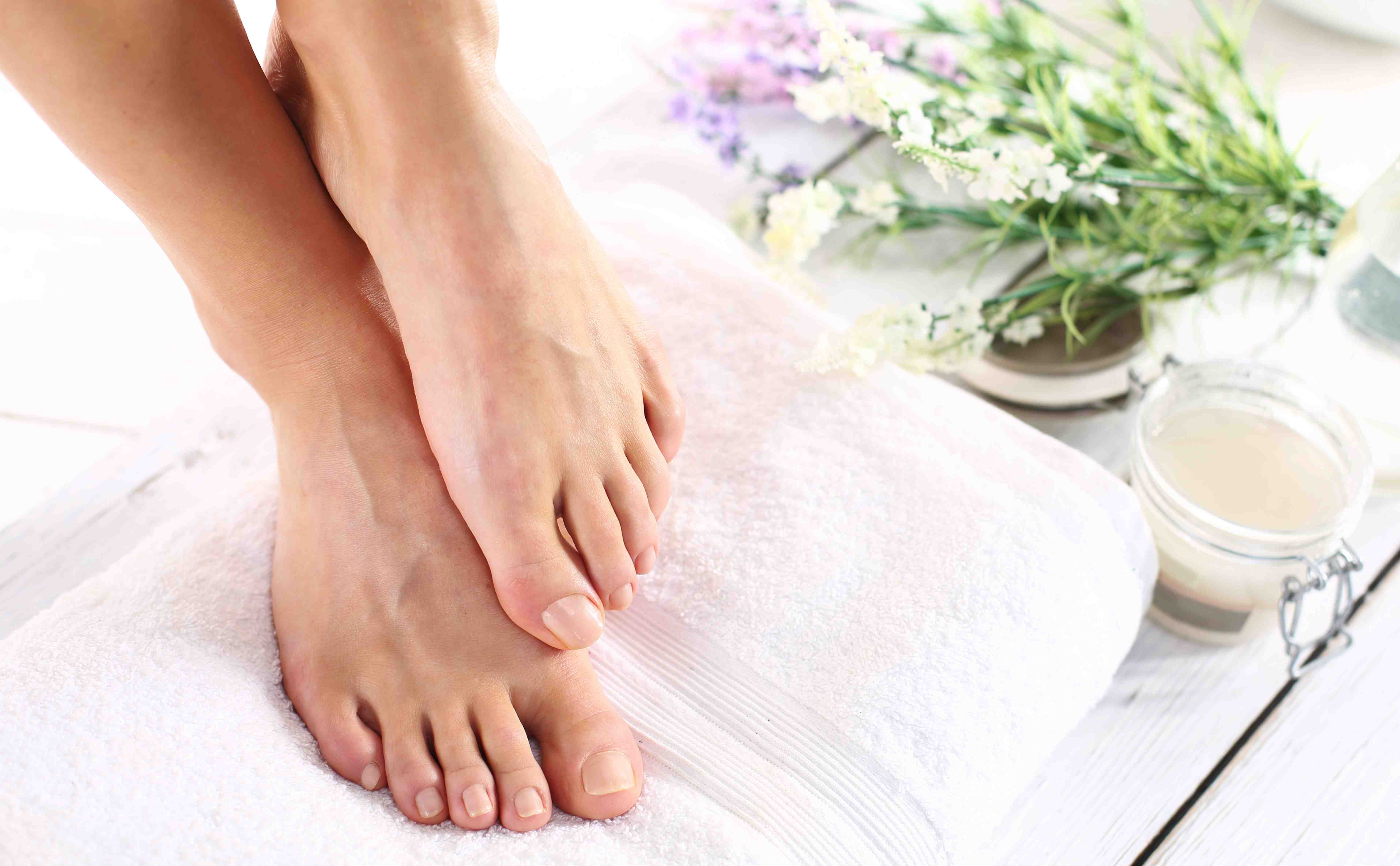
If you have additional symptoms, such as fingers or toes that change color, trouble breathing, or hand or leg pain, see a doctor.
What to Do and Causes
We include products we think are useful for our readers. If you buy through links on this page, we may earn a small commission Here’s our process.
Healthline only shows you brands and products that we stand behind.
Our team thoroughly researches and evaluates the recommendations we make on our site. To establish that the product manufacturers addressed safety and efficacy standards, we:
- Evaluate ingredients and composition: Do they have the potential to cause harm?
- Fact-check all health claims: Do they align with the current body of scientific evidence?
- Assess the brand: Does it operate with integrity and adhere to industry best practices?
We do the research so you can find trusted products for your health and wellness.
Read more about our vetting process.
Was this helpful?
Having occasional cold hands and feet is usually not a concern, but see a doctor if this happens a lot or is accompanied by changes in skin color. This could indicate an underlying medical cause.
Our bodies are designed to regulate our temperature. When it’s cold outside, your body makes sure to keep the blood flowing to your core and vital organs to keep them warm. This can change the amount of blood flow to your hands and feet, making them feel cold. This is normal. The blood vessels in your hands and feet constrict (spasm) when it’s cold, to prevent heat loss from your core.
Some people tend to have colder feet and hands naturally, without an underlying disease. It’s a fairly common condition. When your hands and feet naturally get cold, you may need to take extra precautions in cold weather to protect them.
But if your cold feet and hands are constantly bothersome, or if you notice additional symptoms, such as color changes in your fingers, there are more things you can do.
Here’s what to know about cold feet and hands and what you can do about it.
Some people work, live, or play in very cold environments. Meat packers or others who spend time in freezers, military personnel, mountain climbers, hunters, utility linemen, and rescue workers are some of the people who need special protective clothing to keep them as warm as possible.
Being in a very cold environment carries the danger of frostbite and permanent damage to hands and feet. In addition, there’s a danger that the ability to work emergency equipment will be impaired by extreme cold.
Ongoing research is looking at whether working in a constantly cold environment helps you to become more accustomed to it and to avoid injury. According to the Canadian Centre for Occupational Health and Safety (CCOHS), some people can develop a tolerance for cold. Fishermen, for example, can work with their bare hands in extremely cold weather.
The CCOHS notes that women are at more risk of cold injury because their hands and feet cool faster.
No matter what’s causing your cold feet and hands, it’s important for your comfort to warm them up. Here are some remedies:
- Consider clothing choices. Wear a hat, gloves, warm socks, and a warm coat in cold weather. Wear layers to keep your core warm, and don’t wear tight clothing. Some people find a scarf or turtleneck helpful for staying warm.
- Help kids know what to do. For children, make sure they’re warmly dressed and know to come inside if they feel chilled or their hands or feet get chilled.
- Wear socks or slippers. Wear a sweater and warm socks if you’re cold inside.
- Exercise every day. Exercise daily, including walking, to improve your blood circulation.
- Do a quick warmup. Try jumping jacks to get your blood moving. March in place while sitting. Wiggle your toes and make circles with your feet. Make circles in the air with each finger if they’re stiff.
 Make wide circles in the air with your arms to encourage blood flow.
Make wide circles in the air with your arms to encourage blood flow. - Move around regularly. Take time to get up at least every half-hour to stretch or walk around.
- Use an electric heating pad. Electric heating pads come in different sizes and styles that you can use for different areas of your body.
- For feet, use a heating pad on your lower back. Use a heating pad in key locations like your lower back and on your feet while you’re relaxing at night. This can help your blood vessels open up and allow more blood flow to your legs.
- Hold something warm. Hold a warm drink in your hands.
- Quick massage. Briskly massage your hands or feet.
- Keep warmers in reach. Use single-use or reusable commercial hand or foot warmers when you’ll be outside in the cold. LL Bean sells warmers that last for 8 hours.
We asked an expert for additional tips to help with cold hands and feet. Wendy Slate is a Certified Hand Therapist with 38 years of experience. She founded Cape Cod Hand and Upper Extremity Therapy 16 years ago, and has worked with many people who have Raynaud’s.
Wendy Slate is a Certified Hand Therapist with 38 years of experience. She founded Cape Cod Hand and Upper Extremity Therapy 16 years ago, and has worked with many people who have Raynaud’s.
- Wear mittens. “Wear mittens instead of gloves,” Slate advised, “because mittens keep your fingers together and conserve warmth.”
- Treat your hands and feet to paraffin wax. She uses a paraffin wax bath to warm up hands and soothe arthritis. “You can buy a paraffin wax kit to do this at home,” Slate said. “After immersing your hands in the paraffin, put a plastic bag around them to keep the heat in, and then wrap your hands in towels.”
- Use heat with moisture. Slate also recommended moist heat packs that you can warm up in the microwave. “You can buy these at craft fairs. They’re filled with beans, rice, or other grains that give out moist heat when you microwave them,” Slate said. “Moist heat penetrates better.”
- Avoid direct contact with frozen items.
 Slate advised staying away from the freezer sections in stores, if you have Raynaud’s, and wearing gloves if you do have to reach into the freezer.
Slate advised staying away from the freezer sections in stores, if you have Raynaud’s, and wearing gloves if you do have to reach into the freezer. - Look into biofeedback therapy. Another technique that Slate has successfully used in therapy is temperature biofeedback. “This uses imagery to bring increased circulation to the hands. You need a therapist to train you to do this. You use imagery like running your hands through hot sand to help raise the hand temperature.”
Next, let’s look more closely at specific health conditions that could be behind constantly cold feet and hands. This includes Reynaud’s syndrome and other conditions that can affect blood circulation.
Many factors can make your hands and feet cold. Your own body has a baseline and its natural response to cold temperatures.
The most common health-related conditions that can cause coldness in your limbs are related to poor blood circulation or nerve damage in your hands or feet.
Here are some of the possibilities:
Anemia
Anemia is a condition where you have fewer healthy and properly functioning red blood cells than normal. It’s usually caused by an iron deficiency.
When you have an iron deficiency, your red blood cells may not have enough hemoglobin (iron-rich protein) to transport oxygen from your lungs to the rest of your body. The result can be cold fingers and toes.
What you can do
A blood test can determine if your blood has low levels of iron. Eating more foods that are iron-rich (such as leafy greens) and taking iron supplements can help relieve your cold hands and feet.
Arterial disease
When your arteries are narrowed or dysfunctional, it reduces blood flow to your legs and feet. There are several types of arterial disease.
Peripheral artery disease (PAD) affects an estimated one third of people over 50 years old who have diabetes mellitus. PAD typically causes arterial wall damage in the lower extremities when buildup of plaque on the walls of blood vessels causes them to narrow.
Primary pulmonary hypertension, which damages the arteries of the lungs, often involves Raynaud’s.
PAD symptoms in addition to cold feet include:
- pain in your legs when you’re exercising
- numbness or pins and needles in your legs or feet
- sores on your legs and feet that heal slowly
Primary pulmonary hypertension symptoms include:
- difficulty breathing
- fatigue
- dizziness
If you have any of these symptoms, along with cold hands and feet, see your doctor. Treating arterial disease early can lead to a better outcome.
Diabetes
- Poor blood circulation. Poor blood circulation is a symptom of diabetes, especially in your extremities, which can make your hands and feet cold.
- Heart disease. Diabetes also increases the risk for heart disease and narrowing of the arteries (due to atherosclerosis), both of which may contribute to cold hands and feet.
- Nerve damage.
 Nerve damage (peripheral neuropathy), especially in your feet, is a complication of diabetes. It’s caused by high blood sugar levels over a long period of time. One of the early symptoms is a feeling of “pins and needles” in your feet or hands.
Nerve damage (peripheral neuropathy), especially in your feet, is a complication of diabetes. It’s caused by high blood sugar levels over a long period of time. One of the early symptoms is a feeling of “pins and needles” in your feet or hands.
What you can do
It’s important to keep your blood sugar levels steady and as close to normal as possible. Also, if you have nerve damage, check your feet carefully for wounds that you might not feel, but could become infected.
Hypothyroidism
Hypothyroidism is a condition where your thyroid is underactive and doesn’t produce enough thyroid hormones to keep your body’s metabolic functions running properly. It affects more women than men, and is common over age 60.
Feeling cold is one of the symptoms of hypothyroidism. Other symptoms include fatigue, joint pain and stiffness, dry skin, thinning hair, and depression.
What you can do
A doctor can determine if you have hypothyroidism with blood testing. The main treatment is a synthetic hormone supplement, taken daily.
The main treatment is a synthetic hormone supplement, taken daily.
Raynaud’s syndrome
Raynaud’s syndrome, also known as Raynaud’s phenomenon or Raynaud’s disease, is a condition that makes your fingers or sometimes other parts of your body feel cold or numb. It results from the narrowing of arteries in your hands or feet, which stops the blood from having normal circulation.
Raynaud’s may cause your fingers to change color, turning white, blue, or red. When your blood circulation becomes normal, your hands may tingle, throb, or swell.
Raynaud’s is triggered by cold temperatures or stress. The exact cause of Raynaud’s isn’t fully understood. Raynaud’s is divided into two main types. Most people have primary Raynaud’s, which is called Raynaud’s disease.
When another medical condition causes Raynaud’s, it’s called secondary Raynaud’s, which is also called Raynaud’s phenomenon.
What you can do
Treatments for Raynaud’s include drugs that improve your circulation and widen your blood vessels.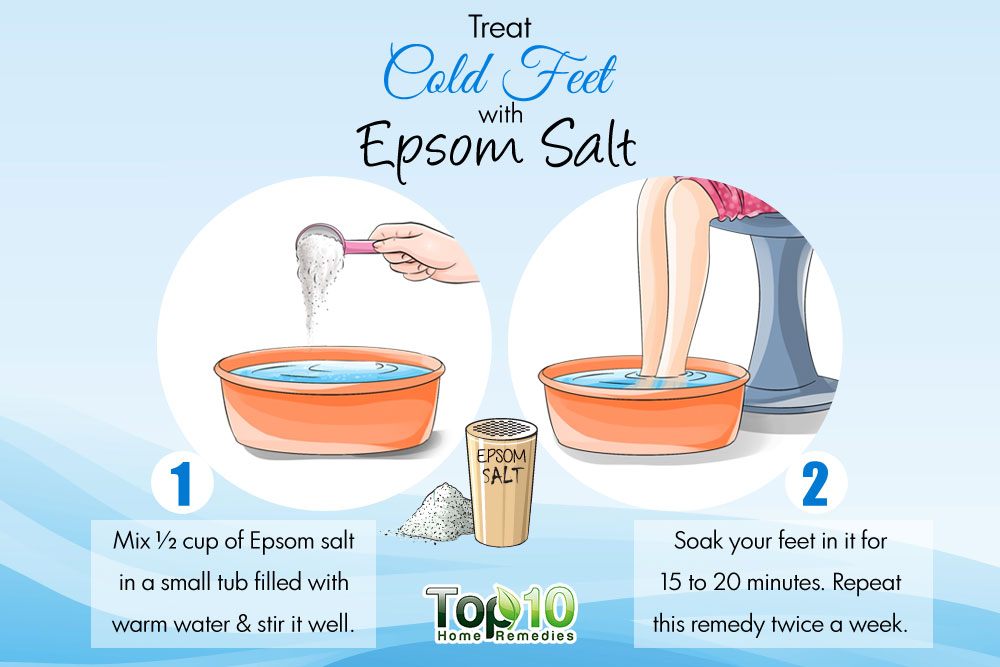 But many people don’t need any treatment.
But many people don’t need any treatment.
For some people who experience severe Raynaud’s, talking with a doctor about medicines like those for erectile dysfunction and topical nitroglycerin cream might be useful.
Raynaud’s syndrome from another condition
Here are some causes of secondary Raynaud’s:
- Scleroderma, an autoimmune disease that causes hardening of the skin, often is accompanied by Raynaud’s.
- Lupus (systemic lupus erythematosus) is another autoimmune disease that can cause Raynaud’s.
- Carpal tunnel syndrome, which causes numbness and weakness in your hand due to median nerve entrapment, often is accompanied by Raynaud’s.
Vitamin B-12 deficiency
A vitamin B-12 deficiency can give you neurological symptoms including the feeling of cold hands and feet, numbness, or tingling.
Vitamin B-12 is found naturally in meat and dairy products, and is important for maintaining healthy red blood cells. Your body doesn’t make vitamin B-12, so you need to get it from the foods you eat.
Other symptoms of a vitamin B-12 deficiency include:
- fatigue
- movement and balance problems
- anemia
- pale skin
- shortness of breath
- mouth sores
- cognitive difficulties
What you can do
A blood test can indicate vitamin B-12 deficiency. Treatments can include your taking an oral supplement, receiving vitamin B-12 injections, and changes to your diet.
Smoking
Smoking tobacco causes injury to your blood vessels throughout the body, which then become narrowed, and can contribute to cold fingers and toes.
Over time, smoking can damage the blood vessels in your heart, making it harder for your heart to pump blood through your body. This especially affects your legs and feet.
What you can do
Get help to quit smoking. There are trained professionals, therapies, and even apps that can help you monitor your own progress.
Other factors that may lead to cold hands and feet include your age, family history, and some medications.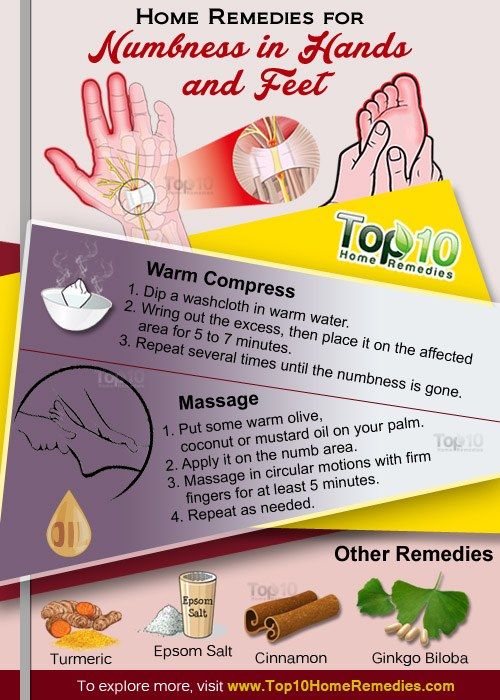 In addition:
In addition:
- If you have a bacterial or viral infection and a fever, you may also have chills.
- Sometimes anxiety can give you cold feet and hands.
- A 2016 study shows a strong connection between chronic indigestion and cold hands and feet.
- A 2018 study looked at the relationship of many chronic conditions and cold hands and feet, including high and low blood pressure and painful periods (dysmenorrhoea). This study also considered cultural influences on how people think about cold hands and feet.
- Babies and older adults have additional risk factors for cold hands and feet.
For babies
Babies lose body heat more rapidly in the cold because they have a large body surface area compared to their weight. They may not have a lot of fat under their skin as insulation. Also, their natural body temperature regulation is not fully developed.
For older adults
Older people lose the ability to regulate their body temperature well.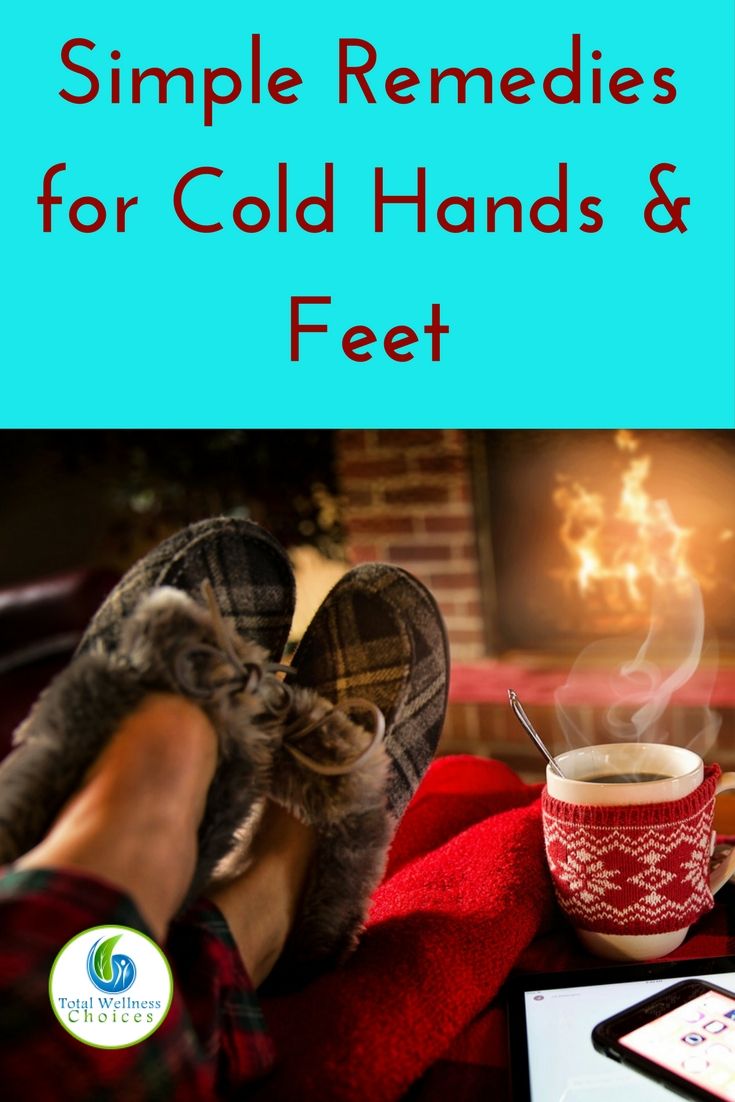 The blood vessels in their extremities don’t constrict as easily to keep their core warm.
The blood vessels in their extremities don’t constrict as easily to keep their core warm.
The metabolism tends to slow with age, and this can contribute as well. They may have an increased risk of cold extremities because of chronic conditions and medications.
If you have cold hands and feet all the time, no matter what the weather is outside or temperature around you, see your doctor. There may be an underlying disease or condition that needs to be treated.
If you have additional symptoms, such as fingers or toes that change color, trouble breathing, or hand or leg pain, see a doctor.
How to cure a cold in one day – 10 simple tips and folk remedies: how to eat honey for a cold – September 23, 2022 At the first sign of illness, each of us wants to know how to quickly help our body cope with a cold if it is taken by surprise (is it otherwise?). The first thing that comes to mind is a glass of hot tea or milk with honey. Or should you start right away with the magic pill? Specially for our colleagues from Wday.
 ru, doctors told how to fight the infection on the first day of illness, and the editors of E1.RU and 59.RU found out which folk methods work best.
ru, doctors told how to fight the infection on the first day of illness, and the editors of E1.RU and 59.RU found out which folk methods work best.
Please note that doctors do not recommend self-treatment and, at the slightest sign of deterioration, they advise you to contact specialists.
Morning , the first day of illness. If you wake up with a reddened throat and stuffy nose, be sure to gargle to remove the buildup. Therapist Sergei Cheremushkin advises half an hour before meals to take a solution of propolis tincture and water (1 tablespoon of infusion for 5 tablespoons of water). Next, rinse your nose with saline. For breakfast, drink tea with lemon and a tablespoon of rosehip syrup. Of the drugs, non-steroidal anti-inflammatory drugs can be used. Before leaving the house, put drops in your nose.
Sergey Cheryomushkin — Chief Therapist of the Central Directorate of Health — a branch of Russian Railways, Head of the Department, therapist of the highest qualification category, Candidate of Medical Sciences, Associate Professor of the Department of Propaedeutics of Internal Diseases and Gastroenterology of the Moscow State Medical University of Dentistry.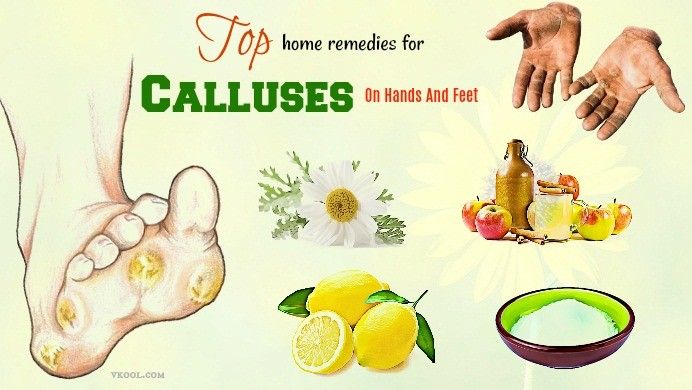
If you feel unwell during the day at your workplace, don’t wait for the evening – start treatment right away.
– Ascorbic acid can provide first aid. But do not use tablets, but powder, which penetrates the blood faster and does no harm if taken on an empty stomach. When treating, you will need 1 gram of ascorbic acid: pour it into a teaspoon, eat it and drink it with tea, you can with lemon. If gargling at work is not possible, an inhalation spray will come in handy, for example, based on iodine with menthol, the expert advises.
The evening of is the time of the most active fight against a cold. Powdered aspirin can also be used. The doctor also suggests choosing a drink based on rosehip, blackcurrant, sea buckthorn, honey and lemon. Drink it in small sips, warm, throughout the evening.
Refrain from hot baths, with a cold, the patient needs only dry heat.
— Moisture promotes the growth of bacteria, and our task is to reduce their number as much as possible. But you can make a mustard foot bath. Dilute 2 tablespoons of dry mustard in hot water, lower your legs and hold for 15-20 minutes, carefully adding hot water from time to time. After the procedure, vigorously rub your feet with a towel, put on dry woolen socks, the therapist concludes. – Before going to bed, you can chop a few cloves of garlic in a plate, a head of onion and put next to the bed.
But you can make a mustard foot bath. Dilute 2 tablespoons of dry mustard in hot water, lower your legs and hold for 15-20 minutes, carefully adding hot water from time to time. After the procedure, vigorously rub your feet with a towel, put on dry woolen socks, the therapist concludes. – Before going to bed, you can chop a few cloves of garlic in a plate, a head of onion and put next to the bed.
General practitioner Alexandra Myznikova reminds that today there is not a single antiviral “cold medicine” with proven effectiveness.
— The production of antibodies and the elimination of the virus from the body takes a certain time, the duration of which also does not depend on the amount of pepper, garlic, lemon and other “miracle foods” eaten. Therefore, the well-known aphorism that “a cold is treated with drugs for 7 days, and without drugs for a week” remains true today, she says.
It’s not a secret for anyone that when you have SARS, you should not drink “antiviral” and antibiotics on your own.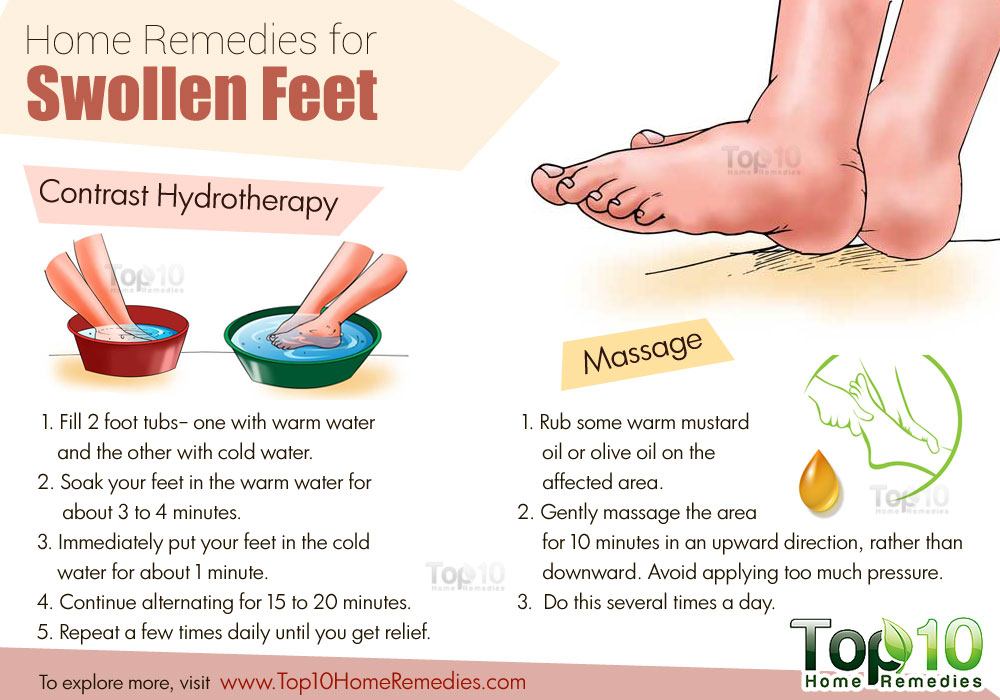 It is better to consult a doctor who will prescribe a competent treatment. But if there is no time at all and you don’t want to fall out of the usual rhythm of life for a long time, natural honey can be an excellent helper with a dry cough, relieve inflammation and strengthen the immune system. The main thing is to use it correctly.
It is better to consult a doctor who will prescribe a competent treatment. But if there is no time at all and you don’t want to fall out of the usual rhythm of life for a long time, natural honey can be an excellent helper with a dry cough, relieve inflammation and strengthen the immune system. The main thing is to use it correctly.
The first thing to remember is that honey cannot stand high temperatures. When heated above 40 ºС, honey changes its structure, as a result, hydroxymethylfurfural is formed in it. And if you heat honey above 50 ºС, it will completely lose almost all useful properties.
— It is better to use honey with hot tea or hot milk as a bite. If you want to mix it into a drink, you can only heat it up to 40 ºС in order to avoid the formation of harmful substances, – said Gennady Kovalev, chairman of the regional society of beekeepers “Ural bee”. – As for the storage of honey, the optimum temperature is +8 ºС. If you observe the temperature regime, honey can be stored for a very long time without losing its useful qualities.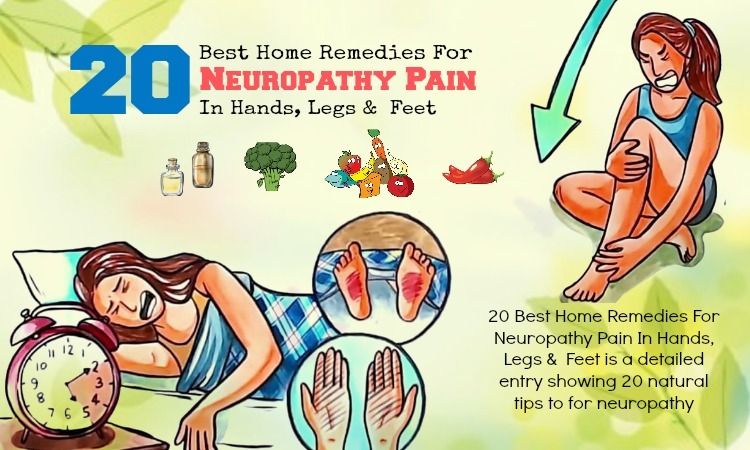
It is worth noting that the “horror stories” regarding the harmfulness of hydroxymethylfurfural in honey are greatly exaggerated if consumed in a reasonable amount. Oxymethylfurfural is formed by heating carbohydrate compounds, in this case, fructose, in an acidic environment. GOST limits the permissible content of hydroxymethylfurfural in 1 kilogram of honey to 25 milligrams. The content of hydroxymethylfurfural in fresh honey is close to zero, in overheated honey it is more than 80 mg/kg.
Back in 1975, the Institute of Nutrition of the Russian Academy of Medical Sciences conducted studies that showed that the daily intake of hydroxymethylfurfural into the body with food in the amount of 2 milligrams per 1 kilogram of weight does not pose a danger to humans. Therefore, if you use even heated honey in a reasonable amount, there will be no harm to health. For example, in carbonated drinks, the content of hydroxymethylfurfural can even reach 300-350 mg / l.
— Honey is a recognized remedy in the treatment and prevention of colds.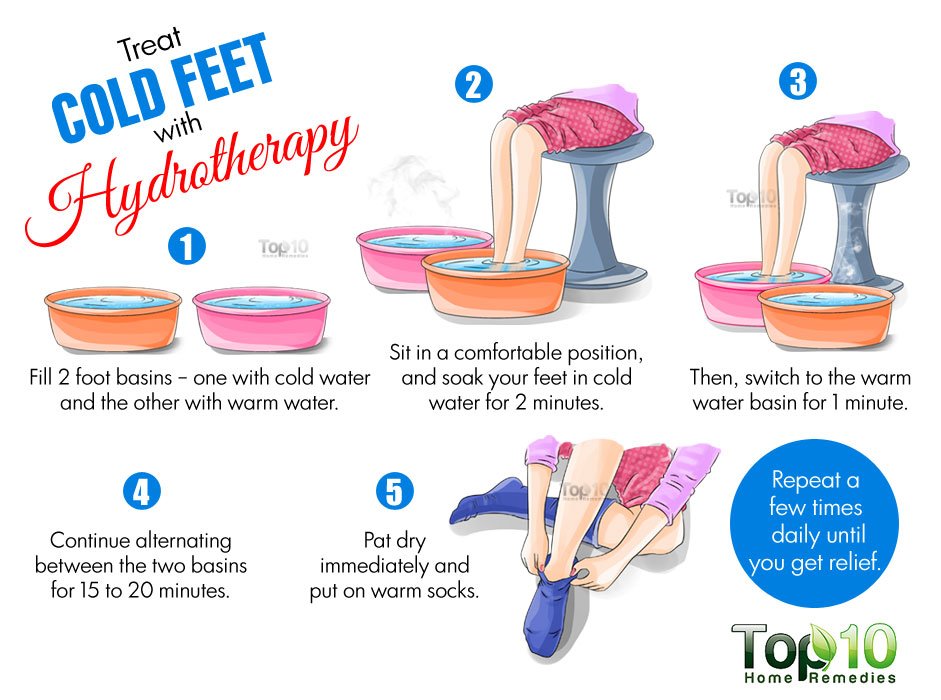 But it must be remembered that this is by no means a medicine, it is a product that comes in addition to the main doctor’s prescriptions. In the period of acute respiratory infections and acute respiratory viral infections, only natural honey and its products can have a positive effect on the body, accelerate its recovery, – said general practitioner Elena Shabunina . – For example, acacia honey is known as a good general tonic, linden honey has expectorant and anti-inflammatory properties in diseases of the throat and bronchi. Mustard honey has a good effect on inflammatory processes in the body, has a healing effect on the respiratory system. And May (early) honey has bactericidal and expectorant properties.
But it must be remembered that this is by no means a medicine, it is a product that comes in addition to the main doctor’s prescriptions. In the period of acute respiratory infections and acute respiratory viral infections, only natural honey and its products can have a positive effect on the body, accelerate its recovery, – said general practitioner Elena Shabunina . – For example, acacia honey is known as a good general tonic, linden honey has expectorant and anti-inflammatory properties in diseases of the throat and bronchi. Mustard honey has a good effect on inflammatory processes in the body, has a healing effect on the respiratory system. And May (early) honey has bactericidal and expectorant properties.
If, having fallen ill, you dared to call your mother or grandmother and tell about what is happening, then you are provided with an iodine net and socks with salt. Which of these will really help, and which is useless and dangerous – we figured out in a cold test.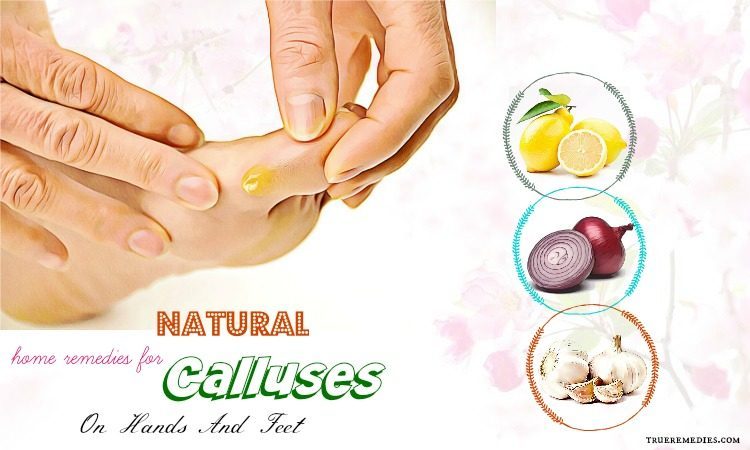
Many people know that garlic can be used to prevent colds. It produces phytoncides – active substances that kill microbes. But people with gastritis and a sick stomach should be careful with garlic.
Gargling with salt and soda helps relieve throat infections. This solution can eliminate swelling and reduce the symptoms of tonsillitis, stomatitis, gingivitis and other diseases.
But making iodine mesh to relieve cough is not worth it. Iodine has a slight warming effect, but nothing more. And if you draw them on the throat and back, then it will easily enter the body. An excess of iodine can lead to unpleasant consequences, such as hyperthyroidism.
Hot potato inhalations for a runny nose also do not pass without a trace for the body, they are especially contraindicated for children. During such inhalation, it is difficult to control the temperature, and too hot steam can cause burns to the nasopharyngeal mucosa and damage to the vocal cords.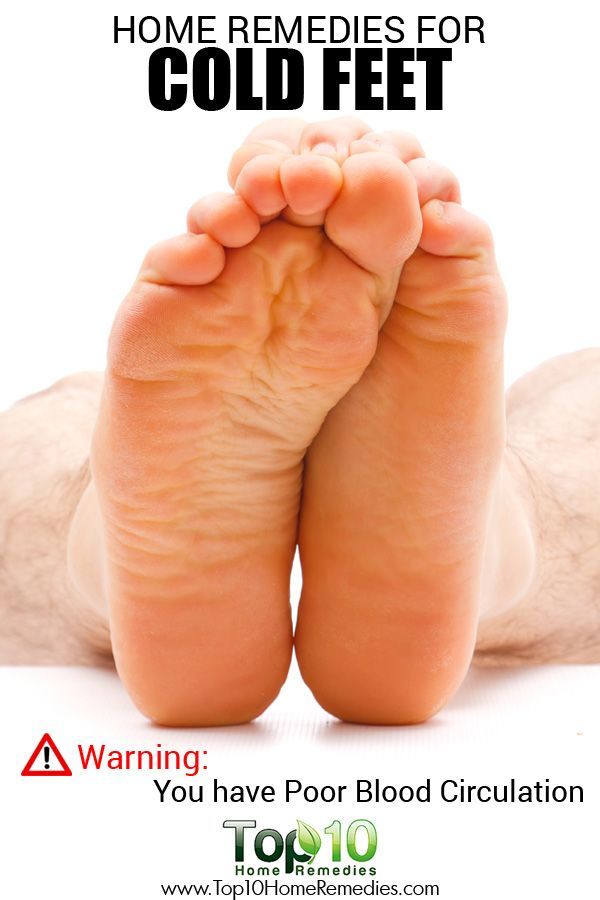 In general, we have already talked about the benefits and harms of potatoes.
In general, we have already talked about the benefits and harms of potatoes.
But what about wiping the body with vinegar or vodka against a temperature of ? When a person has a fever and not all drugs can be given, rubdowns work well. But do not forget that before the procedure, the same vinegar must be diluted. If you start wiping yourself with essence, you will, of course, forget about the temperature, but only because you will get burns.
Doctors do not recommend dripping a solution with honey into the nose in case of a runny nose, because honey is an allergen. If you don’t know if you are allergic to this product or not, why take the risk? Moreover, due to washing the nose with honey, Quincke’s edema may begin.
Raspberry Jam really helps reduce fever. Raspberries are a good aspirin, and jam can be consumed if you feel unwell. Assuming you don’t have any allergies.
Doctors will not mind if you drink mulled wine to prevent colds.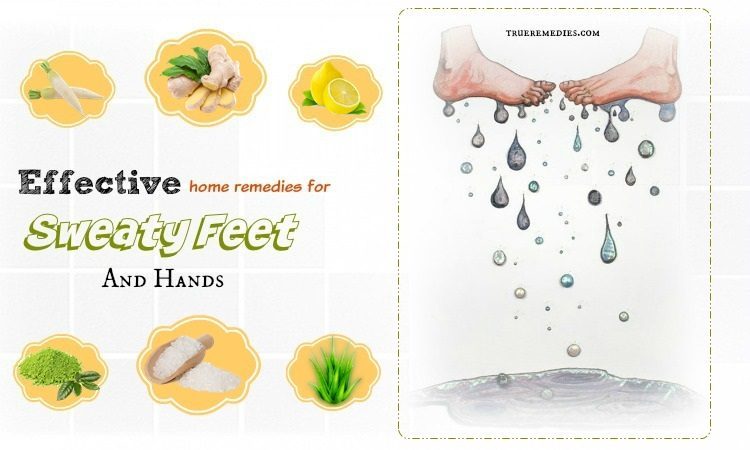 Just don’t go overboard with prevention. But when already sick, it will be useless.
Just don’t go overboard with prevention. But when already sick, it will be useless.
Black radish juice and honey will save you from bronchitis. Together they turn into an effective expectorant, thanks to this combination, sputum is well discharged. But do not forget that radish is a highly irritating product and not everyone can do it. For example, if you have gastritis or pancreatitis, expect problems.
For the treatment of angina, folk advisers suggest the following option: pour one tablespoon of kerosene into a glass of warm water . Drink half a glass, and gargle with the remaining portion. But doctors categorically do not recommend repeating this. And if you did this trick and survived, congratulations! Kerosene prophylaxis will send you to the toxicology department before you feel any relief.
- Even without a test: just one new symptom by which you can determine if you have the sixth wave of coronavirus;
- all to a psychiatrist: The Ministry of Health has made changes to examinations for work – how will this affect people;
- how much to treat a runny nose and why nose drops are harmful: we figure it out together with doctors.

Folk remedies for the treatment of colds
Autumn, SARS and acute respiratory infections season. When we, or our loved ones, get sick, it is very unpleasant, and we want to get rid of an unpleasant illness as soon as possible.
Most people go to the doctor when they feel unwell, but there are those who prefer to be treated on their own, using a variety of folk remedies.
There is an opinion that the treatment of influenza or other acute respiratory viral infections with various herbal infusions or decoctions, even if it does not bring the desired effect, certainly cannot harm health. However, this opinion is erroneous. Many plants or herbal preparations have a very strong therapeutic effect, sometimes even stronger than a drug of synthetic origin in the form of tablets or granules.
Therefore, treatment with folk remedies can both alleviate your condition with a cold, and cause serious harm to your health.
In order for the treatment of folk remedies to bring the desired effect, you should adhere to the following rules:
1. Whatever method of treatment with folk remedies you choose, whether it is treatment with infusions or decoctions, rubbing with various ointments or inhalation with various herbs and oils, you need to remember the main thing – first you need to consult a doctor, and only then start treatment m folk remedies.
Indeed, unfortunately, it is not uncommon for people who fall ill on the advice of their friends, or after reading on the Internet about an effective way to treat a cold with folk remedies, do not take into account the characteristics of their body and the side effects of folk medicines, end up in a hospital bed.
2. If your doctor has approved the use of a folk remedy for the treatment of colds, do not exceed the recommended dosage or frequency of taking the drug.
3. If your condition worsens during the treatment of a cold with folk remedies, you should immediately stop taking this remedy.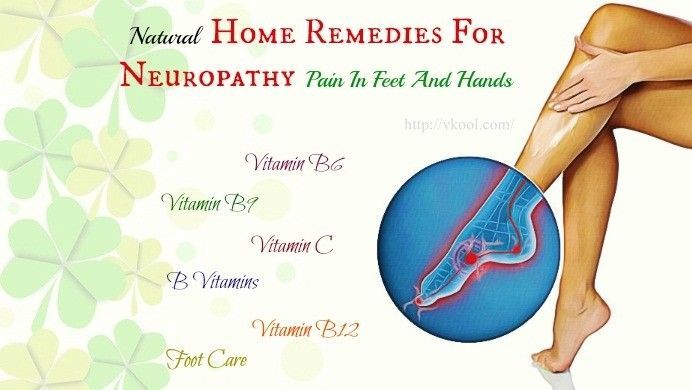
As a rule, for uncomplicated colds, you can use such general strengthening folk remedies as:
Chamomile tea or decoction . Chamomile has an anti-inflammatory effect, and in combination with linden and natural honey, it is a good cold remedy. You can also add cranberries or lemon to a decoction or tea from chamomile.
Ginger root tea . Ginger root is rich in vitamins and minerals, and also has a weak anti-inflammatory effect.
Dried fruit bundle . This vitamin remedy for colds also has a tonic effect. Good for uzvar c dried apples, pears, plums, apricots, cherries, strawberries .
Rosehip infusion. An infusion of rose hips is a well-known adjuvant for the treatment of colds.
If desired, honey can be added to this infusion.
If the body temperature is not elevated, then inhalations with eucalyptus or mint leaves can alleviate the general condition with a runny nose and cough .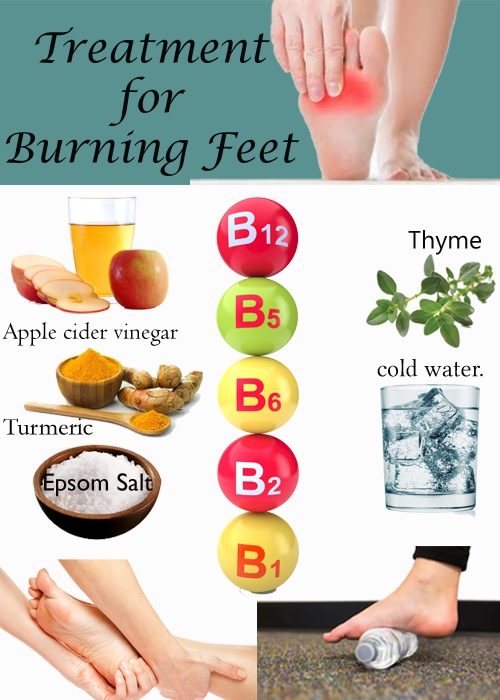

 Take time to get up at least every half-hour to stretch or walk around.
Take time to get up at least every half-hour to stretch or walk around.
 It’s caused by high blood sugar levels over a long period of time. One of the early symptoms is a feeling of “pins and needles” in your feet or hands.
It’s caused by high blood sugar levels over a long period of time. One of the early symptoms is a feeling of “pins and needles” in your feet or hands.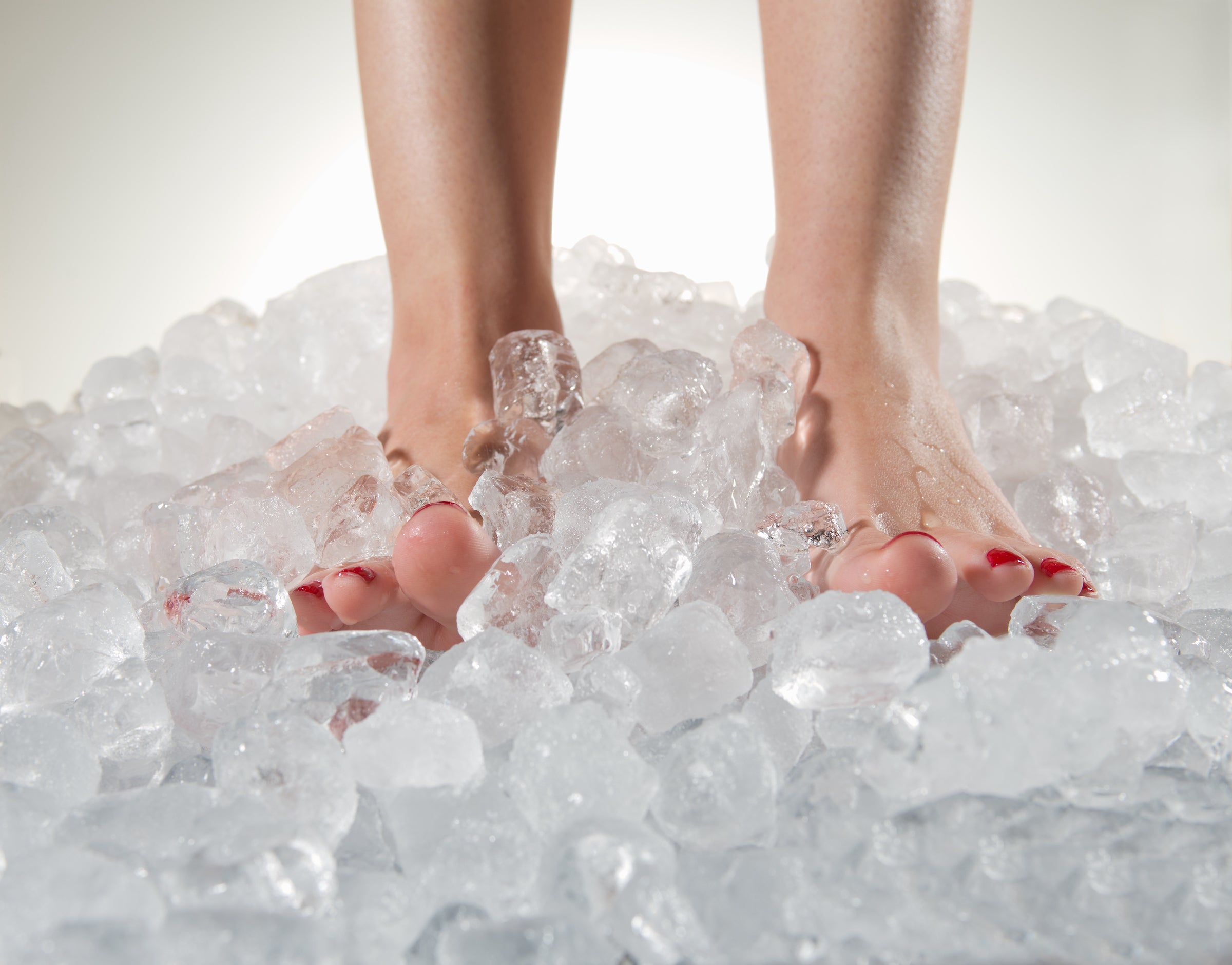
 This study also considered cultural influences on how people think about cold hands and feet.
This study also considered cultural influences on how people think about cold hands and feet. Make wide circles in the air with your arms to encourage blood flow.
Make wide circles in the air with your arms to encourage blood flow.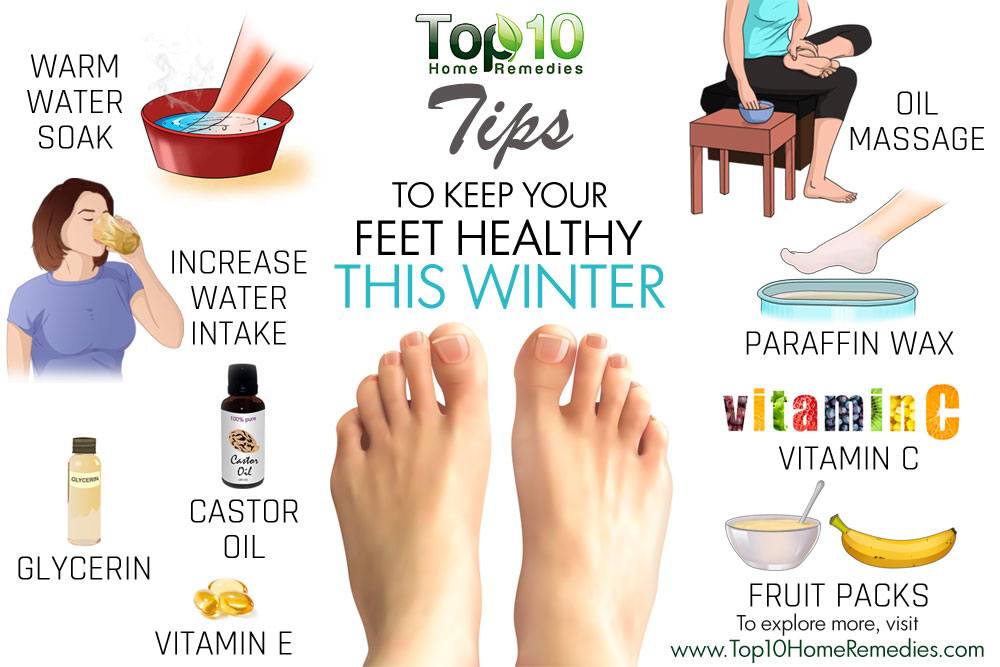 Slate advised staying away from the freezer sections in stores, if you have Raynaud’s, and wearing gloves if you do have to reach into the freezer.
Slate advised staying away from the freezer sections in stores, if you have Raynaud’s, and wearing gloves if you do have to reach into the freezer. Nerve damage (peripheral neuropathy), especially in your feet, is a complication of diabetes. It’s caused by high blood sugar levels over a long period of time. One of the early symptoms is a feeling of “pins and needles” in your feet or hands.
Nerve damage (peripheral neuropathy), especially in your feet, is a complication of diabetes. It’s caused by high blood sugar levels over a long period of time. One of the early symptoms is a feeling of “pins and needles” in your feet or hands.